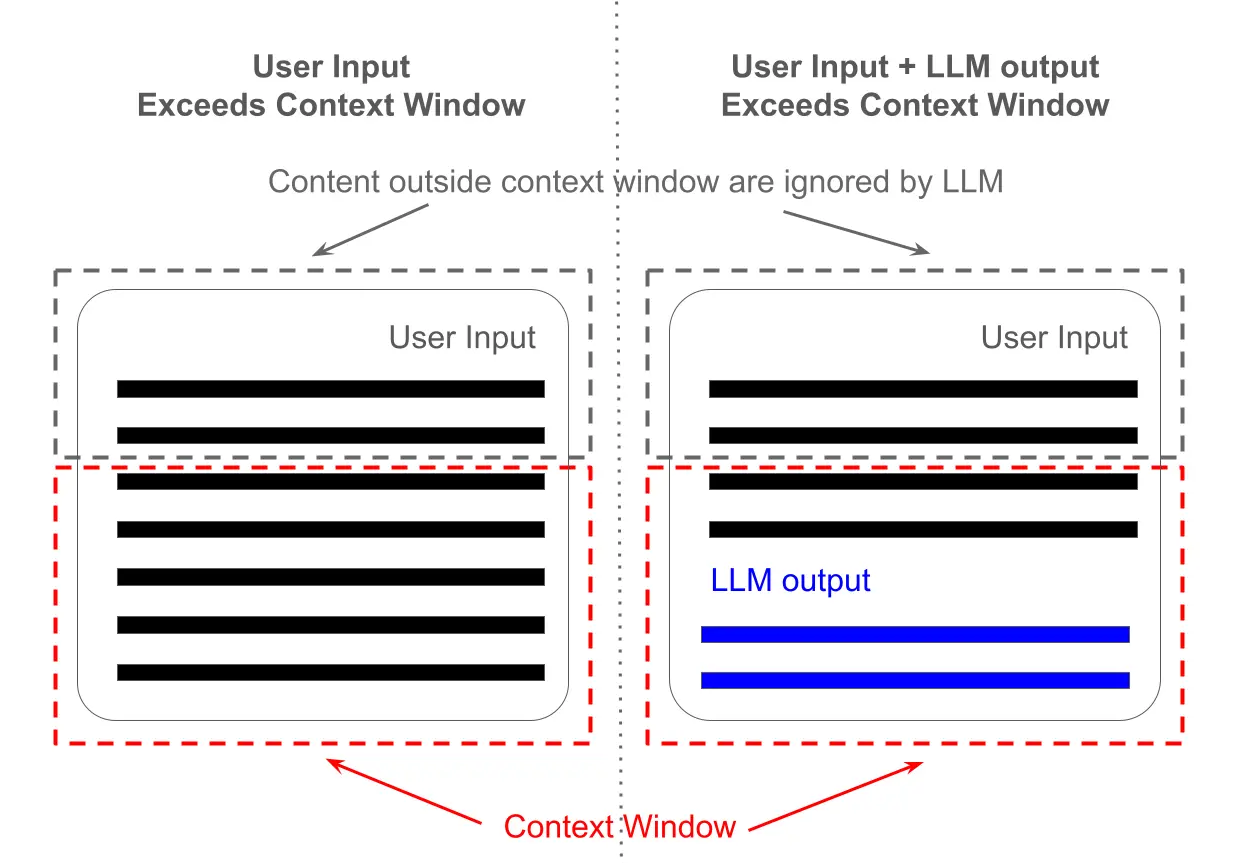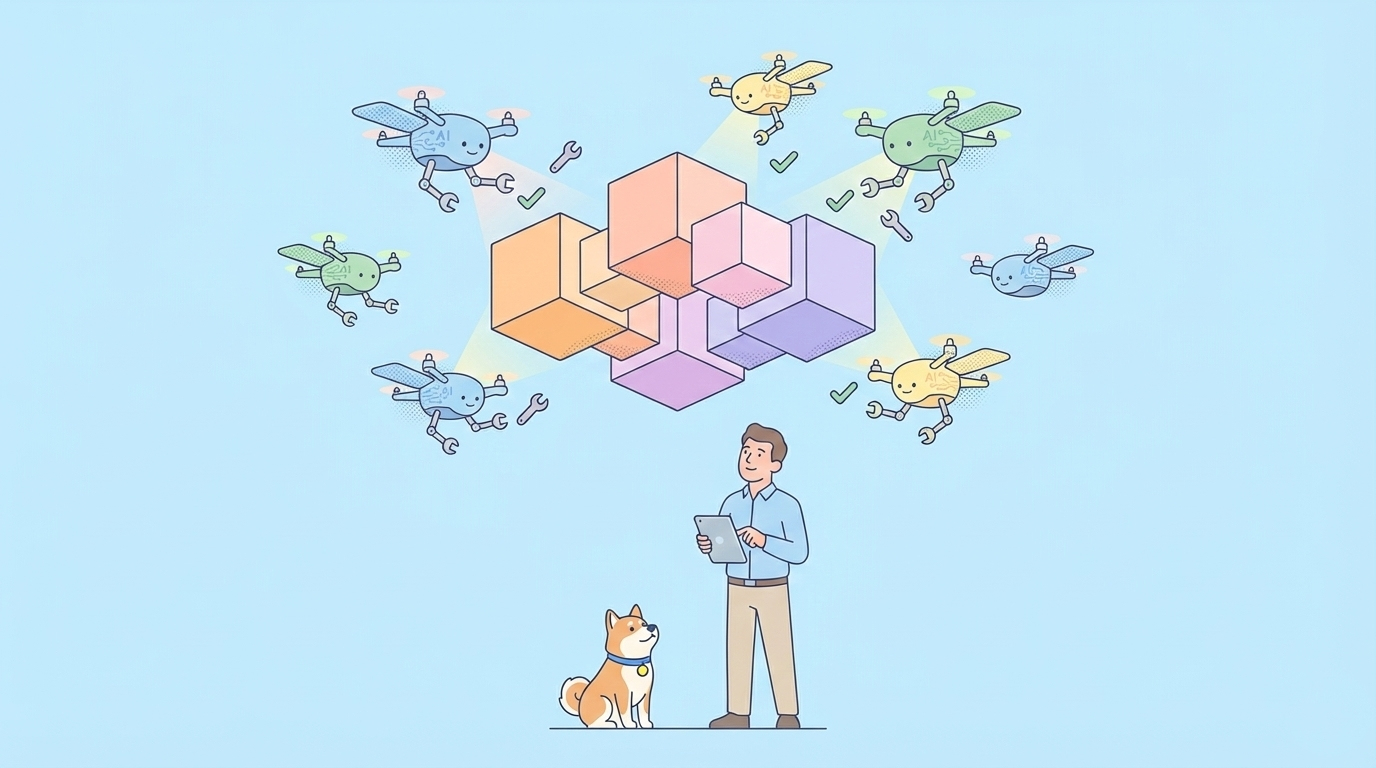Anthropic's Claude AI has established itself as a formidable large language model, adept at assisting with a diverse range of tasks from sophisticated writing and in-depth research to complex software development. To fully leverage Claude's capabilities, it's essential to understand its operational parameters, including usage allowances, context window constraints, and file handling specifics. This revised article explores Claude Pro's usage limits, talks about the concept of context windows, details document upload limitations, and examines whether upgrading to the Claude Max plan is a strategic move to bypass these constraints, comparing its pricing and features.
Want an integrated, All-in-One platform for your Developer Team to work together with maximum productivity?
Apidog delivers all your demands, and replaces Postman at a much more affordable price!
What are Claude Pro Usage Limits?

For users whose needs extend beyond the free tier of Claude, the Claude Pro subscription offers a substantial enhancement in service. Anthropic indicates that the Pro plan provides at least 5 times more usage compared to what's available on the free service. This expanded capacity is designed to allow for more numerous and longer interactions before encountering any service interruptions.However, "usage" in the context of Claude Pro is not a static count of messages. Instead, it's a dynamic measure influenced by several interacting factors:
- Message Length and Complexity: Both the prompts you provide to Claude and the responses it generates contribute to your usage. Longer and more complex messages, which require more processing power, will consume your allowance at a faster rate.
- Conversation History (Context Window): The length of an ongoing conversation directly impacts usage. As a conversation grows, Claude keeps track of the preceding turns (the context window). Maintaining a large and active context window, especially one filled with detailed information or lengthy text, consumes more resources and thus, your usage quota.
- Frequency of Interaction: Rapid, successive messaging, even if the individual messages are short, can accumulate and contribute to hitting usage limits more quickly than less frequent, spaced-out interactions.
- Attached Files: Uploading files for Claude to analyze, summarize, or query is a powerful feature, but it also counts towards your usage. The size and number of files, as well as the complexity of the analysis requested, will affect how quickly your usage allowance is depleted. Anthropic notes that interacting with very large documents, such as those nearing Claude 2.1's 200,000-token context window (equivalent to roughly 150,000 words or over 500 pages), will naturally utilize your message allotment more rapidly.
What to Do When You Hit the Usage Limit on Claude Pro

When your interactions bring you close to the usage limit on Claude Pro, the system is designed to provide a warning. Should you reach this limit, your ability to send further messages will be temporarily paused. These limits generally reset after a specific period, often cited as around 8 hours, although this interval can be subject to change.To optimize your Claude Pro subscription and make the most of your allowance:
- Be Clear and Concise: Formulate your prompts to be as direct and to the point as possible, while still providing necessary detail. This can lead to more efficient responses.
- Manage Conversation Scope: For distinct topics or tasks, it's often beneficial to start a new conversation. This prevents the context window from becoming cluttered with information from previous, unrelated discussions, which can help conserve usage and improve the relevance of Claude's responses.
- Strategic Use of Attachments: While file analysis is a key benefit, be mindful of the size and number of documents you upload. Only include those essential for the task at hand.
These usage limits are implemented by Anthropic to ensure equitable access for all Claude Pro subscribers and to sustainably manage the significant computational resources required to operate the advanced AI model.
What are Claude Context Window Limits?
A "context window" in large language models like Claude refers to the amount of recent conversational text the model can "remember" and consider when generating a response. It's like the AI's short-term memory for the current interaction.

Anthropic's models, including the recent Claude 3.7 Sonnet, are known for their substantial context windows. Claude 3.7 Sonnet, which is available to users on paid Claude.ai plans (including Claude Pro), features a 200,000-token context window. This is a significant capacity, allowing users to work with very large documents or maintain very long, coherent conversations. To put this into perspective, 200,000 tokens can accommodate approximately 150,000 words or over 500 pages of text. It's worth noting that while the standard for paid plans like Pro is 200K tokens with Claude 3.7 Sonnet, Enterprise plans may have access to even larger context windows (e.g., 500K tokens) with this model.Implications of Context Window Limits:
- A larger context window, like the 200K tokens available with Claude 3.7 Sonnet on Pro plans, means Claude can maintain coherence and refer back to earlier parts of a long discussion more effectively.
- It enables the analysis of substantial documents in one go, allowing for comprehensive summaries, question-answering, and data extraction without needing to break the document into smaller chunks manually, as long as the document fits within this 200K token limit.
- While a large context window is a powerful feature, it's directly linked to usage. The more information Claude has to hold in its active context, the more computational resources are used. If you are consistently filling up a large portion of the 200K token context window (e.g., by repeatedly discussing very long texts or having extremely protracted conversations), you will likely reach your overall usage limits (as described for Claude Pro) faster than if your interactions utilize less of the context window.
- Even with large context windows, the model's ability to recall specific details with perfect accuracy across extremely dense or lengthy texts can vary. Strategically prompting and structuring information can aid retrieval.
While the maximum size of the context window (e.g., 200,000 tokens for Claude 3.7 Sonnet on Pro) is an architectural feature of the model version available on your plan, how much of that window you actively utilize in any given interaction directly impacts your consumable usage limits under plans like Claude Pro. Effectively, while you might not hit a hard "context window exceeded" error if your input is within the 200K token capacity, prolonged high utilization of this capacity will accelerate your progress towards the periodic message/usage caps imposed by your subscription plan. Starting new conversations for distinct tasks helps manage the active context and can lead to more efficient use of your overall plan limits.
What are Claude Upload Document Limits?

Claude's utility is significantly enhanced by its capability to process and analyze user-uploaded documents. This feature allows for direct engagement with your textual data, facilitating tasks like summarization, question answering, and information extraction. Anthropic provides clear guidelines on the types and sizes of documents that can be uploaded What kinds of documents can I upload to Claude.ai?.Supported Document Types:Claude can work with a variety of common document formats:
- DOCX (Microsoft Word)
- CSV (Comma-Separated Values)
- TXT (Plain Text)
- HTML
- ODT (OpenDocument Text)
- RTF (Rich Text Format)
- EPUB (Electronic Publication)
- JSON (JavaScript Object Notation)
- XLSX (Microsoft Excel - requires the analysis tool to be enabled in your account)
File Upload Limits and Specifics:There are distinct limitations depending on how you're using Claude:
Chat Uploads (Directly within a conversation):
- File Size Limit: Each individual file uploaded directly into a chat must not exceed 30MB.
- Number of Files: You can upload a maximum of 20 files per single chat session.
Project Knowledge Bases:
- File Size Limit: Similar to chat uploads, each file is limited to 30MB.
- Number of Files: While you can upload an unlimited number of files to a Project knowledge base, the crucial constraint is that the total extracted text content from all files must fit within Claude's context window.
- Processing Nature: For documents uploaded to Project knowledge bases, Claude performs text extraction only. This means that regardless of the original document type (even PDFs with images), only the textual content will be processed. Visual elements like images, charts, or complex formatting will not be interpreted in this mode.
PDF Processing - A Special Case:The way Claude handles PDF documents has specific nuances, particularly concerning visual elements:
- Visual Analysis (for supported models): Claude 3.5 Sonnet and Claude 3.7 Sonnet possess the capability to analyze not just the text but also visual elements (such as images, charts, and graphics) within PDF documents. This advanced analysis is applicable if the PDF is:
- Under 100 pages in length.
- Uploaded directly to a chat (not to a Project knowledge base).
- Text-Only Analysis (for PDFs): In other scenarios, Claude will only process the textual content of a PDF, ignoring any embedded images or visual data. This text-only approach applies if:
- The PDF document exceeds 100 pages.
- You are using a Claude model other than the versions specified above (e.g., older Sonnet versions or other models).
- The PDF is uploaded into a Project's knowledge base.
Important Considerations for Document Uploads:
- PDF Page Referencing: When instructing Claude to look at a specific page in a PDF, always use the page number as displayed in your PDF viewing software (e.g., Adobe Acrobat Reader), not the page numbers that might be physically printed on the document pages themselves, as these can differ.
- Content Extraction from Non-PDFs: For all supported document types other than PDFs (when PDFs are eligible for visual analysis), Claude will only extract and interact with the textual content. Any embedded images or graphical elements within these files (e.g., images in a DOCX file) will not be "seen" or interpreted by the AI.
- Handling Larger Documents: If your documents exceed the individual file size limits or if the cumulative content is too large for the context window, Anthropic advises dividing your file(s) into smaller, more manageable sections before uploading.
Adhering to these guidelines ensures that your document interactions with Claude are efficient and yield the best possible results.
Should You Upgrade to Claude Max Plan to Bypass Limits? (Comparing the Pricing and Features)

For users who find Claude Pro's limits restrictive, particularly those with very high-volume needs or specialized requirements like intensive coding, Anthropic offers the Claude Max plan. This premium tier is designed to provide significantly more capacity and additional tools, effectively allowing users to "bypass" the standard Pro limits, albeit at a higher price point. Using Claude Code with your Max Plan provides details on this offering.Comparing Max Plan with Pro:Usage Allowances and Pricing:
- Claude Pro: Offers at least 5x the usage of the free tier. While specific pricing can vary by region and time, it's the first paid step up.
- Claude Max Plan: Comes in two primary tiers, offering substantially more usage than Pro:
- Max Plan (5x Pro usage / ~$100 per month): This tier aims to provide roughly 5 times the usage capacity of a standard Claude Pro plan. In practical terms, average users might be able to send approximately 225 messages with claude.ai every 5 hours.
- Max Plan (20x Pro usage / ~$200 per month): This higher tier targets extremely heavy users, offering around 20 times the usage of Claude Pro. This could translate to approximately 900 messages with claude.ai every 5 hours for average users.
(Note: These message counts are illustrative and vary based on message length, attachments, and conversation complexity.)Key Feature: Claude Code IntegrationA significant differentiator for the Max plan is the inclusion of Claude Code.
- Claude Code: This is a command-line interface (CLI) tool that allows developers and coders to integrate Claude's capabilities directly into their terminal workflows. It's designed for tasks like code generation, debugging, explanation, and more, all within the familiar environment of the command line.
- Shared Usage: Importantly, the usage limits for the Max plan are shared across both your interactions on the claude.ai website/apps and your use of Claude Code. For the 5x Pro Max plan, this might mean around 50-200 prompts with Claude Code every 5 hours, and for the 20x Pro Max plan, 200-800 prompts every 5 hours, depending on complexity and settings.
API Credits vs. Max Plan with Claude Code
It's crucial to understand that if you use Claude Code and exhaust your Max plan's allocated usage, you might be prompted to use API credits from an Anthropic Console account. This is a separate billing system. To stay strictly within your Max plan budget, you can decline this option. Users can also configure their Claude Code login to only use Max plan credentials to avoid this prompt.
Is Claude Max the Right Choice?
The Max plan is tailored for professionals and teams with substantial, consistent AI interaction needs, especially those in software development. If Claude Pro feels confining and the advanced features and higher throughput of the Max plan align with your operational demands and budget, then upgrading can be a worthwhile investment to effectively "bypass" the limitations of lower tiers and unlock more sustained, high-volume access to Claude's capabilities.



